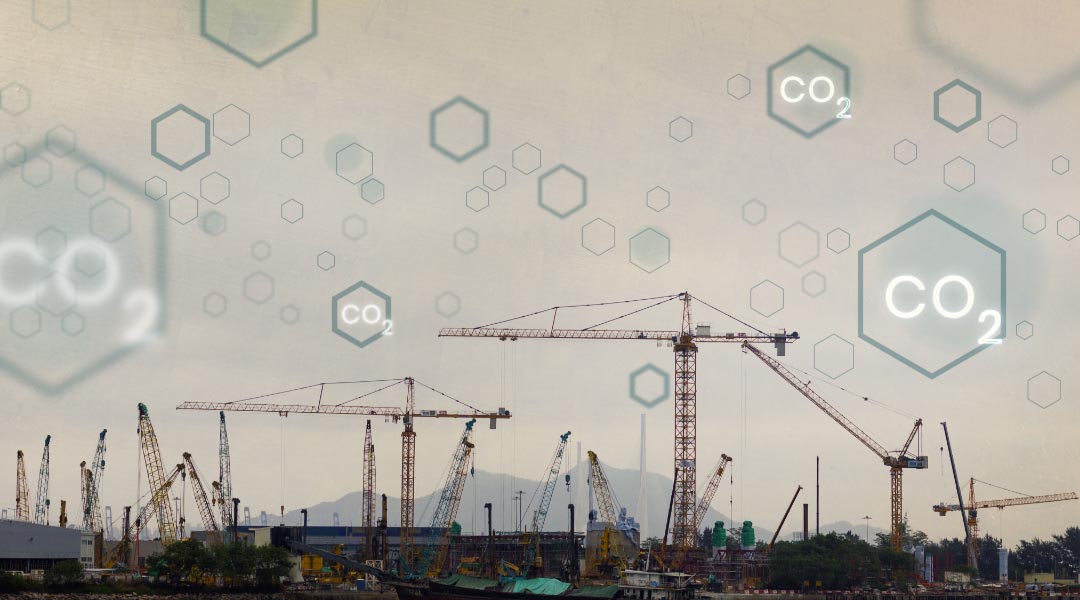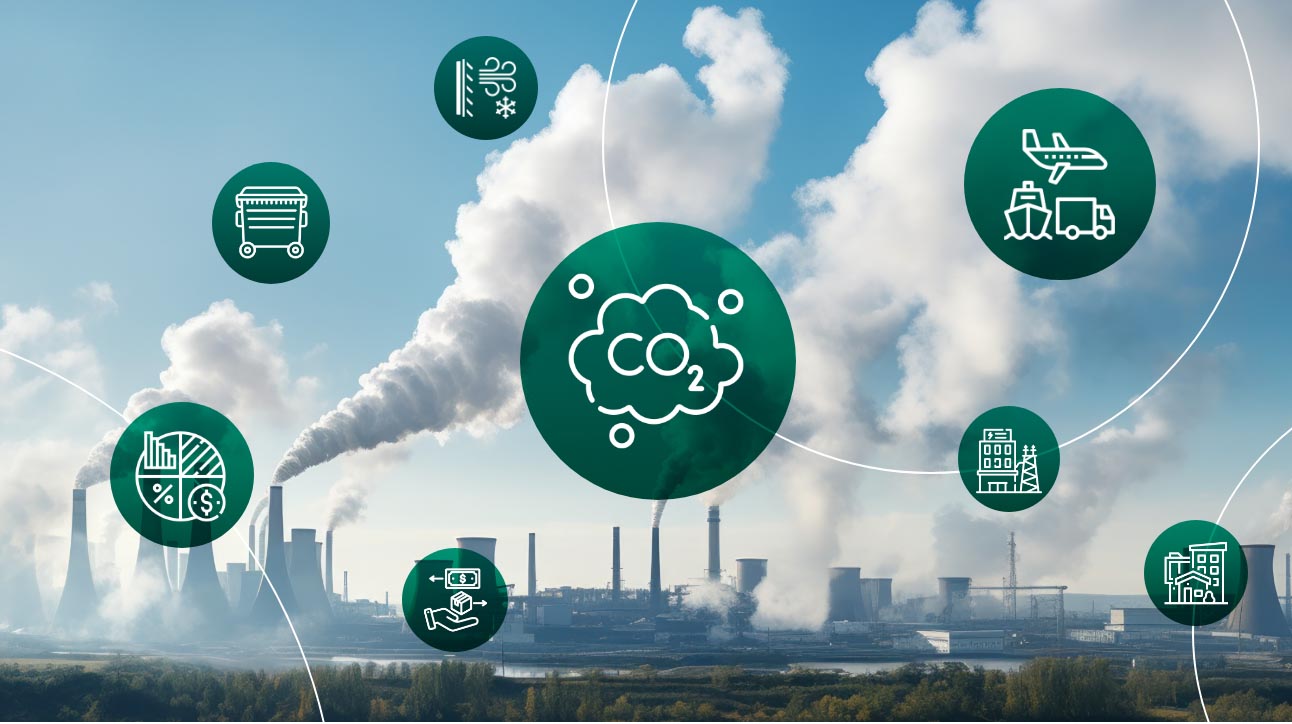In the modern corporate world, improving sustainability isn’t just a sound business decision, but is demanded by a diverse cross-section of individuals, communities, and governments. With wider-spread knowledge of the greenhouse gas effect, many forward-thinking individuals and companies have explored a variety of methods for managing, monitoring, and reducing their carbon emissions.
In both their personal and professional lives, people all over the globe meaningfully consider their carbon footprints before making purchases or adjusting their energy consumption habits. So too must businesses consider the impact of their overall emissions and how to monitor and minimise them. One way companies and governments as a whole can start to mend the damage of human activity is through carbon emissions reporting.
Understanding Scope 1, 2 and 3 Emissions
The first step in combating and lowering soaring global carbon emissions rates is measuring them. It’s important to understand how much carbon individual companies, industrial and economic sectors, and entire jurisdictions emit. This provides regulators and other interested parties with the most critical dataset needed to determine climate change policies and reduce overall emissions.
Furthermore, this data enables monitoring agencies to identify which commercial or industrial practices generate the most carbon. It can also be used to develop emissions trading schemes. Here, organisations better equipped to reduce carbon emissions can trade credits with companies more likely to produce carbon.
The most widespread system for categorising carbon emissions is the Greenhouse Gas Protocol or GHG Protocol, a standardised framework developed by the World Business Council for Sustainable Development (WBCSD) and the World Resources Institute (WRI). GHG reporting standards divide emissions into three categories: Scopes 1, 2, and 3.
Scope 1, or “direct,” emissions are those generated by company-owned infrastructure, equipment, resources, and activities, such as buildings and company-owned vehicles like vans or heavy goods vehicles.
Scope 2, or “indirect,” emissions are those resulting from the production and consumption of energy from a third-party energy producer. The most common form is electricity, while other forms include steam power and heating and cooling.
Scope 3 emissions are all carbon emissions within an organisation’s supply chain generated by assets and activities not directly owned by or accountable to that organisation. Examples include waste generation, employee travel, or emissions resulting from the use or consumption of a sold product or service.
Under the terms of the GHG Protocol, reporting agencies are only required to disclose scope 1 and 2 emissions. However, given the increasing interest in low-carbon or carbon-neutral products and services in the world’s most active economies, a growing number of companies are striving to identify and report on scope 3 emissions as well.
The Global State of GHG Emissions Reporting

The role of greenhouse gas in climate change and the need for urgent action to control it have reached a critical level of concern. Most countries and intergovernmental organisations have committed to reducing overall emissions. The Paris Agreement, for example, has been signed by 193 countries and the European Union. The Kyoto Protocol, which specifically calls on countries to reduce greenhouse gas emissions, has 191 backers as of 2022. In order to support these commitments, the GHG Protocol has been recognised as an independent mandatory carbon emissions reporting framework in the UK and in several other countries in Asia.
The United Kingdom still operates under environmental policies largely inherited from the European Union, which it left in 2020. Under current UK law, carbon emission reporting requirements apply to those companies listed on the London Stock Exchange, New York Stock Exchange, or which operate in the European Economic Area.
Singapore is the first country in Southeast Asia to introduce a nationwide carbon tax in the form of the Carbon Pricing Act. Under the CPA, any industrial facility which emits 2,000 tonnes of carbon dioxide equivalent (tCO2e) per year must submit an annual Emissions Report. Reports must detail both “Fuel Combustion (FC) and Industrial Processes and Product Uses (IPPU),” which could fall under either scopes 1 or 2 of the GHG Protocol.
Under Hong Kong’s latest regulatory changes, companies listed on the Stock Exchange of Hong Kong (HKEx) must disclose scope 1 and 2 emissions. The government of the Philippines has partnered with the GHG Protocol to expand and improve current reporting practices and requirements. In Malaysia, GHG emissions reporting has been mandatory since 2016 for publicly listed companies.
Convene ESG: Your Best Asset for Carbon Emissions Reporting

When you’re looking for the tools you need to identify and record carbon emissions at every stage of your supply chain, turn to Convene ESG. The comprehensive ESG reporting software platform includes Convene 2zero, a built-in carbon footprint calculator designed to measure scopes 1, 2, and 3 carbon emissions in line with the GHG reporting standards. This also includes an extensive range of country- and sector-specific and international reporting standards and frameworks.
Together, Convene ESG and Convene 2zero give users the means to assess every source of carbon, compile comprehensive emissions reports, and identify areas where carbon emissions can be reduced or streamlined.
Ready to learn more? Take a look at the many features offered by both Convene 2zero and the broader Convene ESG platform for the best in carbon emissions reporting software.














